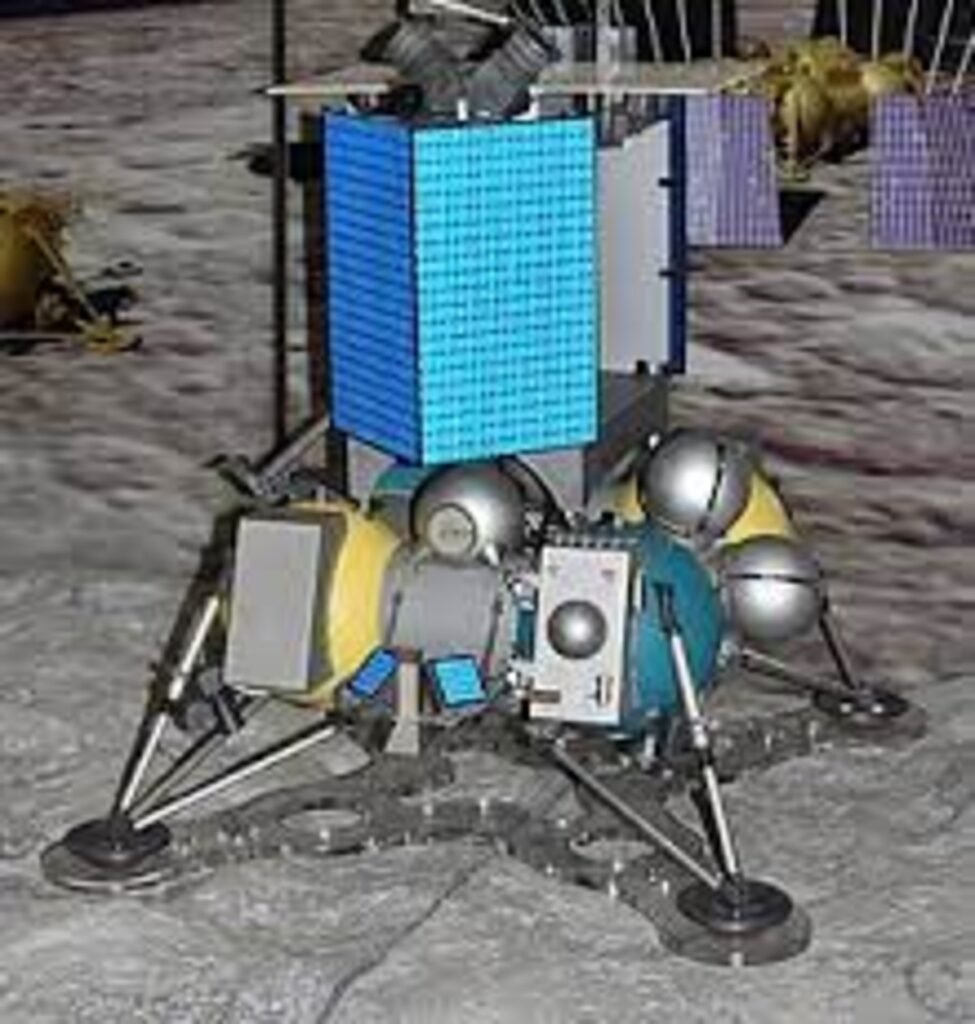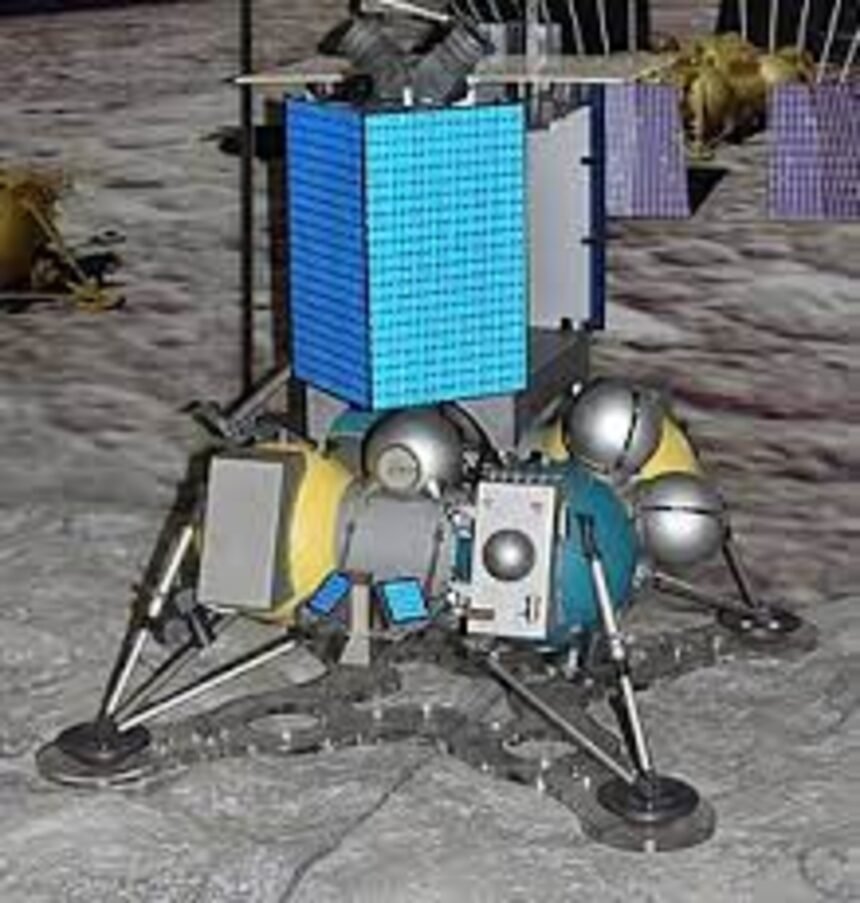August 20, 2023
Introduction
Russia’s ambitious lunar exploration mission hit a roadblock as the Luna-25 spacecraft encountered an unexpected technical glitch while preparing to make a historic landing on the moon’s south pole. The incident comes as part of a global effort to investigate the potentially resource-rich regions of the moon, including its south pole, believed to harbour frozen water and valuable elements.

The Russian Federal Space Agency, Roskosmos, acknowledged the setback in a succinct statement, revealing that an “abnormal situation” occurred on board the Luna-25 automatic station, preventing it from executing its planned manoeuvres with the intended parameters. Specialists are currently analysing the situation in detail, but no further specifics have been provided.
The Luna-25 mission has been closely watched by the international space community, as it aims to contribute valuable data to our understanding of the moon’s composition and resources. Prior to the technical glitch, Roskosmos had already received initial results from the mission, which were undergoing thorough analysis.
Luna’s achievements so far
In a notable achievement, the Luna-25 successfully entered the moon’s orbit on Wednesday, marking the first time a Russian spacecraft has achieved this milestone since 1976. Roughly the size of a small car, the spacecraft’s primary objective is to spend a year exploring the moon’s south pole region, where signs of frozen water have been detected by scientists at NASA and other space agencies in recent years.
The discovery of water on the moon holds immense significance for space exploration endeavours. Not only could it provide crucial resources for future human missions to the moon, but it might also enable the establishment of sustainable lunar bases for further exploration and research. The presence of water could potentially extend human sojourns on the moon and enable the extraction of vital lunar resources.
Roskosmos shared images taken from Luna-25 of the moon’s Zeeman crater, one of the deepest craters in the southern hemisphere, measuring 190 kilometres in diameter and eight kilometres in depth. The agency noted that its equipment had detected the impact of a micrometeorite, further emphasising the challenges and risks involved in space exploration.
Conclusion
As experts work diligently to resolve the technical glitch and resume Luna-25’s mission, the incident underscores the complexities of space exploration and the determination required to push the boundaries of human knowledge. The outcome of the Luna-25 mission holds the potential to reshape the future of lunar exploration and open up new avenues for humanity’s presence beyond Earth.






